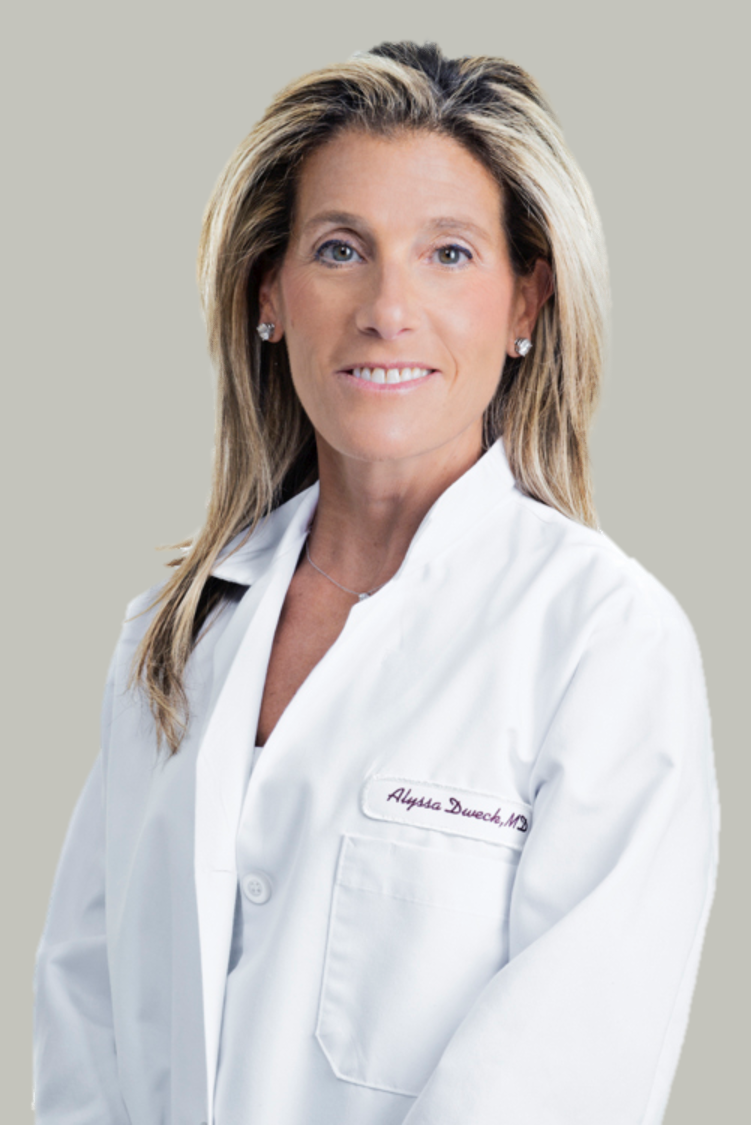There is so much confusion about the term surgical menopause, so it’s time to set the record straight. By strict definition, “surgical menopause” means the onset of menopause is due to the surgical removal of the ovaries rather than because of age. The average age of natural, spontaneous menopause (12 consecutive months with no menses) in the U.S. is 51 years old. Keep in mind that most women transition gradually into menopause over 4-8 years. This transitional period is termed perimenopause.
To clear up any confusion it’s important to first understand the basic physiology of menopause and the anatomic nuances of various female gynecologic surgeries.
First, let’s get the basic science out of the way.
To summarize, the ovaries naturally produce estrogen, progesterone and testosterone. With age, the ovaries gradually slow down the production of these hormones as ovulation becomes less frequent and eventually ceases. True, estrogen is made in small amounts in fat cells, but it’s not enough to maintain premenopausal hormone levels. The result? The onset of vasomotor symptoms such as hot flashes and night sweats, sleep interruption, vaginal dryness, mood and cognitive changes and often, weight gain. Also true, the adrenal glands, which sit on top of the kidneys and are responsible for producing the stress hormone cortisol, also make an androgenic or male hormone called DHEA-S; but again, this will not replace or restore the lower testosterone levels noted in menopause along with the subsequent loss of libido and even energy that can occur for some.
What’s what when it comes to surgery?
A total hysterectomy typically refers to removal of the uterus and cervix. A supracervical hysterectomy implies the removal of the uterus only. A partial hysterectomy typically means the removal of the uterus and cervix with retention of the ovaries. A hysterectomy in a younger woman typically spares the ovaries as is the case with a cesarean hysterectomy (removal of the uterus with or without the cervix) which is done usually because of excessive life threatening bleeding during a cesarean section or a radical hysterectomy (more tissue around the pelvis and lymph nodes are removed) – it’s often done to address cervical cancer in a young woman. Confused yet? Even though none of the women who have these procedures will get their periods again, they are actually not in menopause since their ovaries are still present, pumping out hormones.
It’s really all about the ovaries.
The crux of the matter is that when it comes to surgical menopause; it’s all about the ovaries. A bilateral salpingoophorectomy (BSO) means the removal of both Fallopian tubes and ovaries and might be done for reasons such as endometriosis, cysts, or a genetic predisposition to cancer. A BSO can be accomplished with or without a hysterectomy. Removal of these hormone producing organs results in immediate and sudden menopause and all of the symptoms that go along with. Women who undergo this type of procedure will no longer menstruate since there is now too little estrogen to build up any uterine tissue. The vast difference is that for these women, menopausal symptoms happen immediately, with intensity and are often experienced even hours or days after surgery.
The surprise factor.
Surgical menopause provides no early warning signs of menopause such as bleeding changes or the gradual waxing and waning of symptoms. The risk of bone loss and osteoporosis is notable too.
In the end, what’s the difference?
When all is said and done, the treatment options for surgical menopause symptoms are similar to those for natural menopause symptoms with a bit more emphasis on immediate estrogen replacement in those that are candidates. This is mainly for bone protection. For others, over the counter and non-hormonal therapies such as Relizen® for the relief from hot flashes and night sweats and Revaree® for vaginal dryness are wonderful options.










Comments
Post commentHad an endometrial ablation and very shortly after I started having severe hot flashes, night sweats, and poor sleep. My gynecologist recommended Realizen as a natural way to address the issues as I was trying to avoid any kind of hormone therapy. It took about 6 consecutive months before the hot flashes almost completely diminished, I am sleeping much much better, and I’m full of energy too. It really works!
I had a hysterectomy at 48 yo due to ovarian cancer and one of the many terrible results of this were the raging hot flashes immediately — I thought I was going to have a heart attack, no kidding. I didn’t want to try the medications my oncologist suggested bc their side effects sounded just as bad so I went for a couple years before my OBGYN (a woman) recommended I try Relizen. I was so skeptical but so desperate — in about a month or two the flashes were cut in half then, over more time hardly any. I thought I must’ve been done so I gave my girlfriend the remainder of my Relizen and a few weeks later the flashes returned! Gah! Back on it of course and not sure if/when I’ll stop. Sleeping through the night too!!